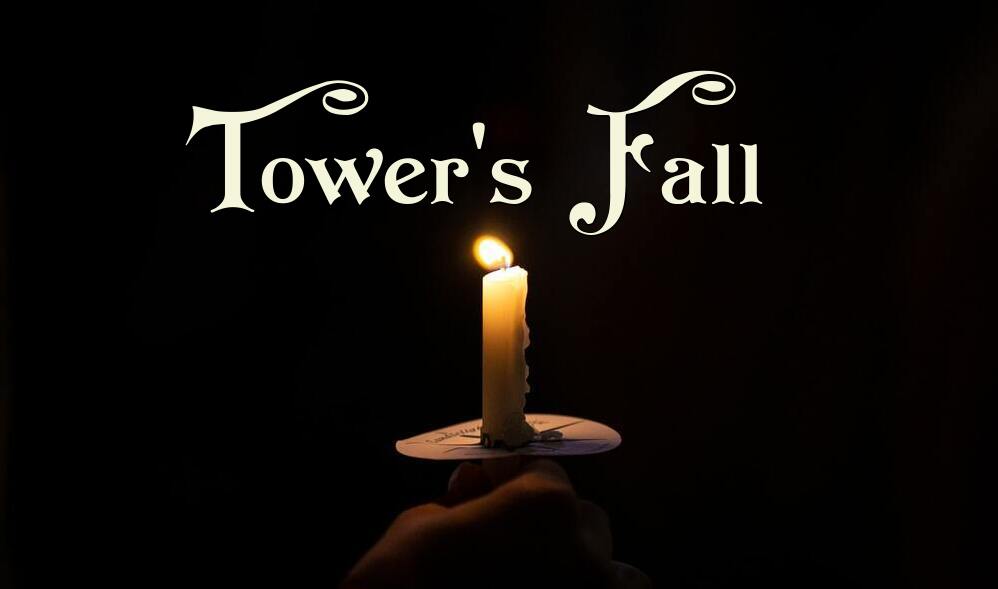Lialin Calendar
Measures of Time in Lialin
While Lialin functions off of a 365 day solar calendar with cycles of seasons similar to those of real Earth, its measures of time are based on different culture cues and not quite unified. There are, in fact, only two days on the yearly calendar that one can be assured will be the same no matter where you are - Tempest and Aphest, the summer and winter solstices, respectively.
Yearly Cycles
The years are counted up from the foundation of Orellia, some 500 years ago. Some suggest a calendar based on local independence, though this has not caught on in most circles. Time prior to Orellia's founding was measured from the 'point of departure' though from where is no longer known.
Theolin's independence was declared in 532 Orel, or 532 on the Orellian calendar. That year is (rarely) written as 1 Theol, or year 1 on the Theolin calendar. That places the current year of the novel at approximately 534 Orel, or 3 Theol.
Modern scholars in Orellia refer to the time more than 534 years ago as "Before Founding" or "BF." This number counts up as it distances itself, so a year 300 years before Orellia's founding would be 300 BF Orel.
Months
Each year is divided up into 8 'months' consisting of an average of 45 days each. Some regions follow a strict calendar, while others rely on more 'traditional' methods of determining when a certain season has passed. This time drift can make coordination across long distances... difficult. Particularly when some months have different names in respective regions. By the Theoli calendar, the months are as follows:Inharsi - literally translated, it means 'the plum time'
Inharsi is the first month of the new year, with the summer solstice marking it's first day on the yearly calendar. In an Earth equivalent, it covers the tail end of June through to the beginning of August.
Metoran - 'the harvest'
Metoran is considered late summer, and is the 'early harvest month' in many regions. In an Earth equivalent, it covers from the beginning of August through to roughly mid September, and contains one of three harvest festivals.
Callin - 'cloud land'
Callin is technically considered a winter month, though Earth would classify it as fall. Callin contains the other two harvest festivals, and runs from approximately mid-September to the first day or so of November.
Liasi - 'the gray time'
Liasi is one of two high winter months, and tends to be declared earlier in northern regions. It runs until the Winter Solstice, or November through to mid-December on a Gregorian calendar.
Errosi - 'the root time'
Errosi begins the day of the Winter Solstice, Aphest, and is the first month of the latter half of the year. The second of the high winter months, it's name supposedly comes from being 'down to the root cellar' in terms of available foodstuffs. Some farmers contest that it actually refers to only the roots of the plants being alive, and some scholars claim that it used to be the 'root' of a new year.
Daran - 'the giving'
The mirror of Metoran, Daran covers from early February to mid-March, containing both the early planting season and the craftsmen's festival. Debates over its naming include that it's the 'giving' of life back to the earth, the 'gift' of winter crops beginning to sprout, the origin of the festival, or simply because communities tend to pool their resources during this time, particularly if the last year's crops went poorly.
Sollin - 'sun land'
Sollin runs from late March to early May, and tends to be longer in southern regions. The rest of planting season and the corresponding festivals aside, Sollin's also known for containing the Stargazer's holiday, celebrating clear skies. That those clear skies don't always hold true is a well known Theoli idiosyncracy.
Orsi - 'the gold time'
The final month of the Theoli year, Orsi covers from mid-May until June, ending at the eve of the Summer Solstice. It's traditionally a quiet month in Theolin, though Orellia celebrates its founding during this time.
Alternates
While the new year is consistently celebrated on the summer solstice, the first month of the calendar is called something different in each region. The Theoli use Inharsi, due to the cultural significance of their plum crop, and the name has been in use for quite some time as a regional variant. "Official" documents, however, were expected to use the Orelli name for the month.Loralsi - Orelli term, 'the blooming time' Igersi - The Aheri term, 'the swimming time'



Comments